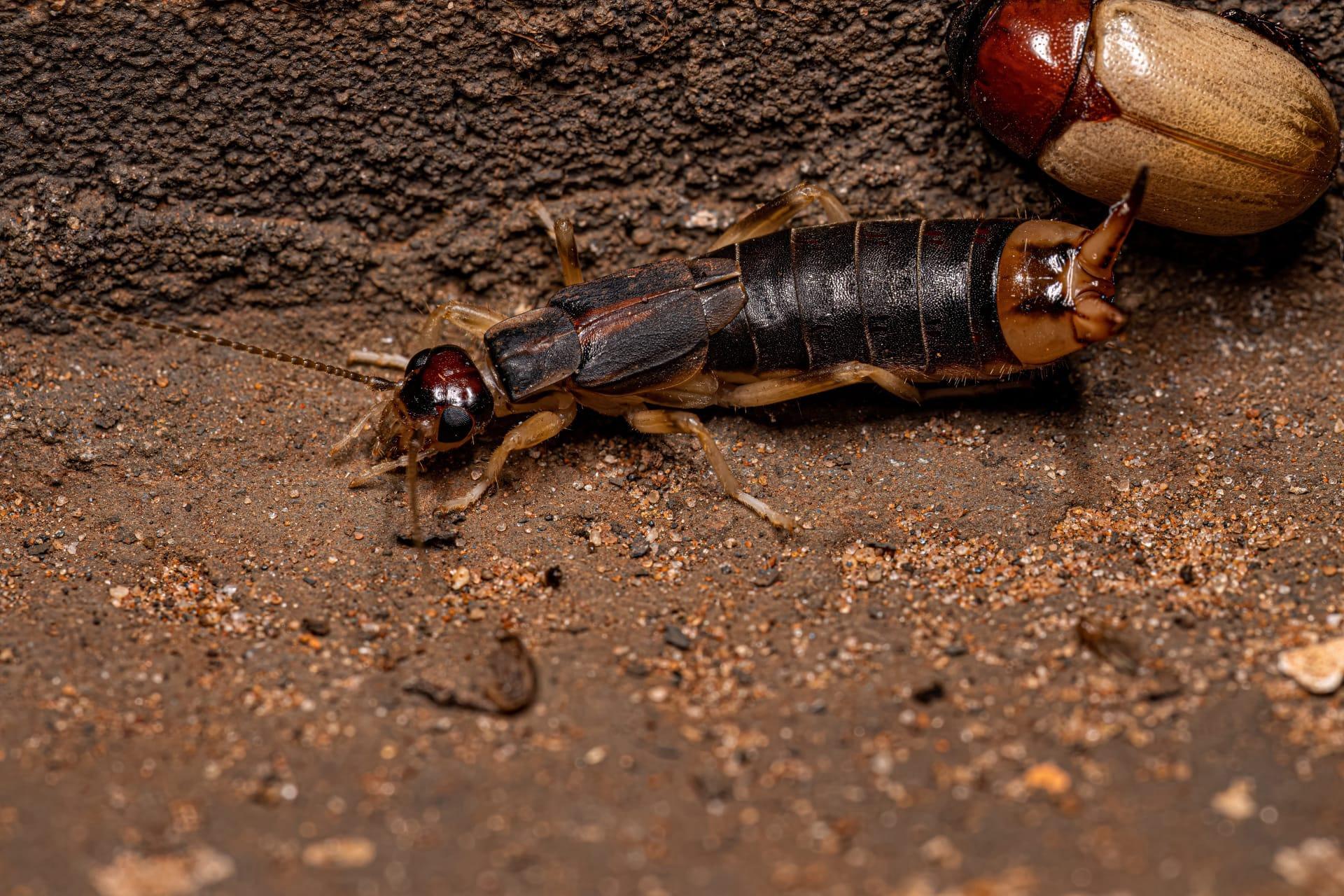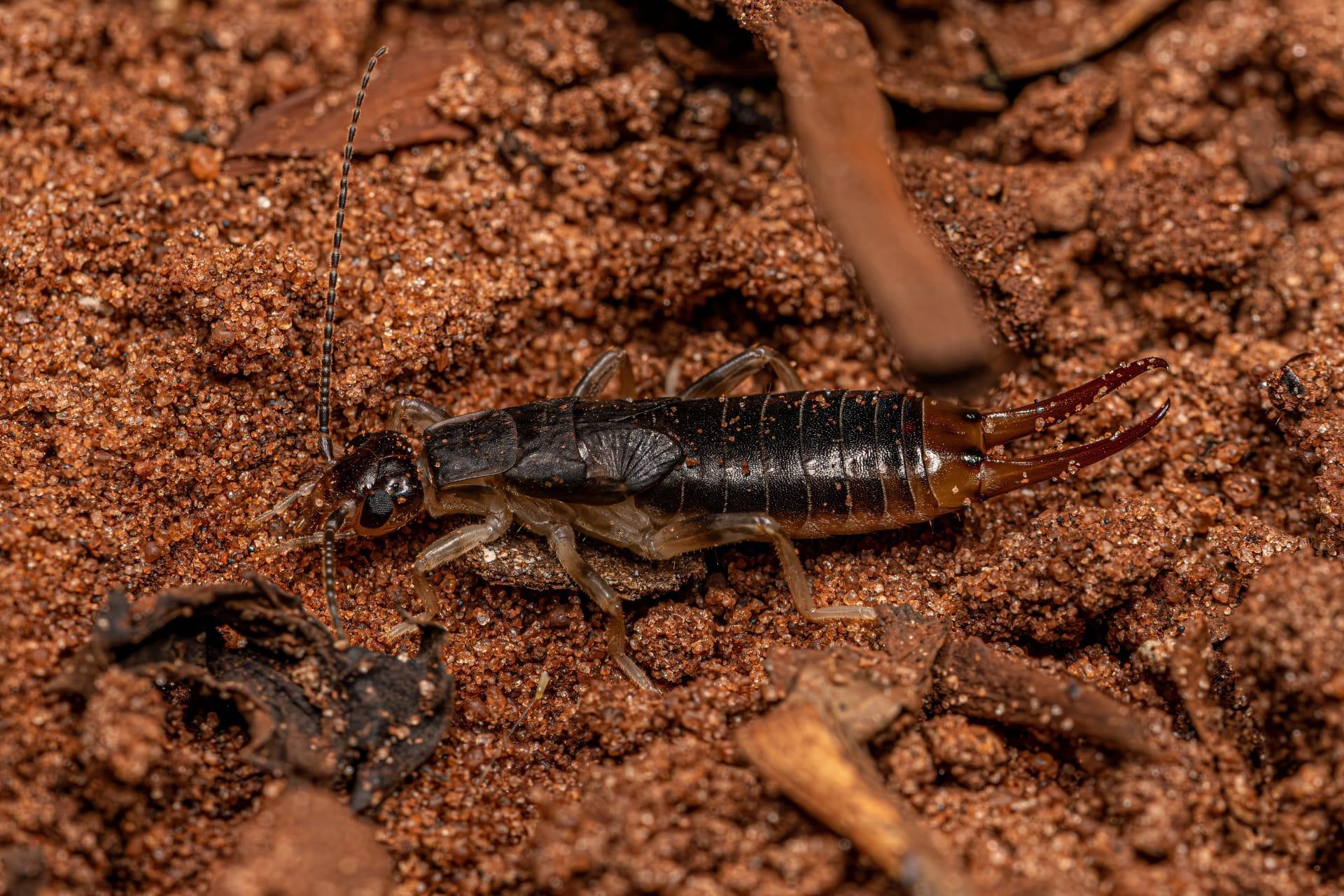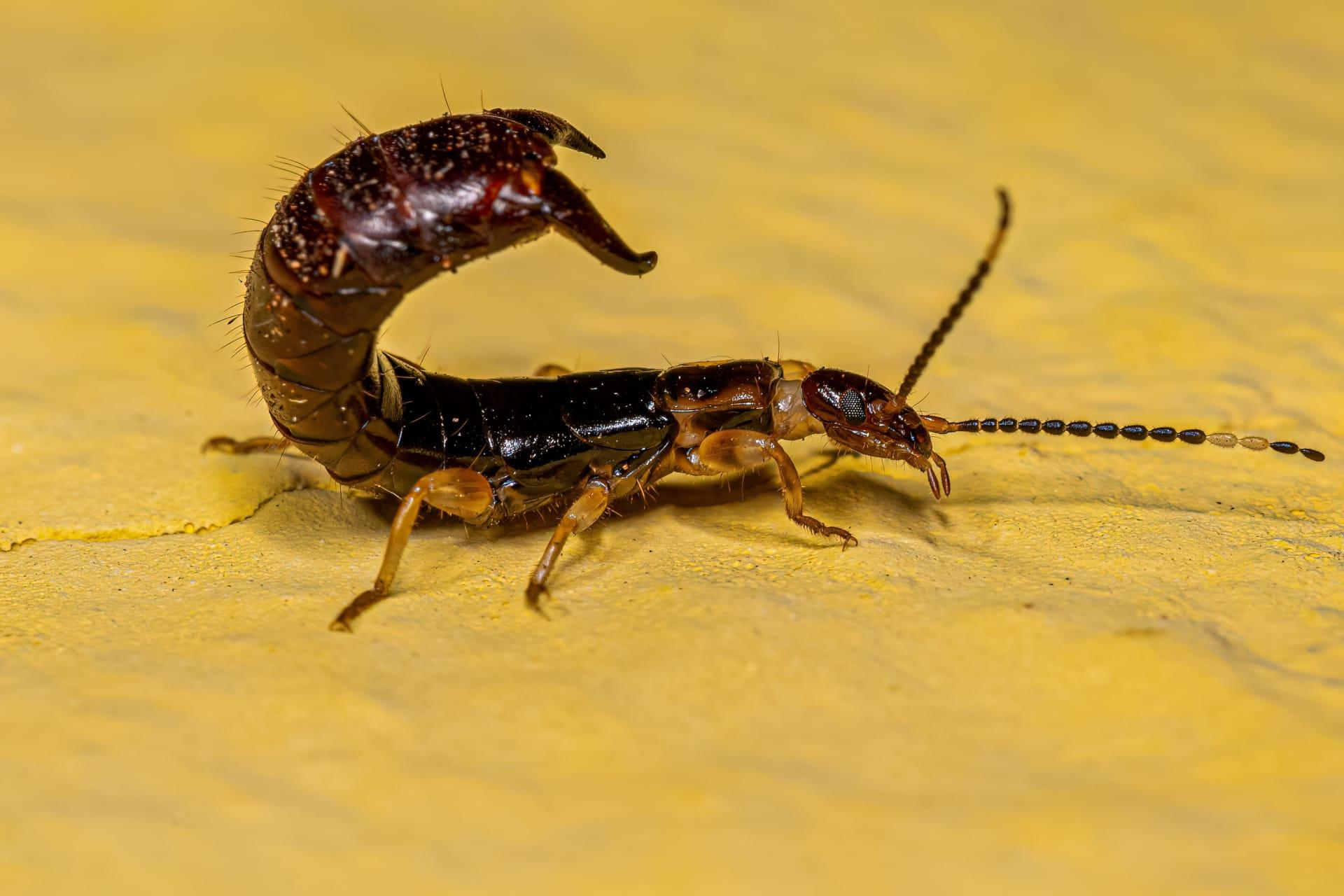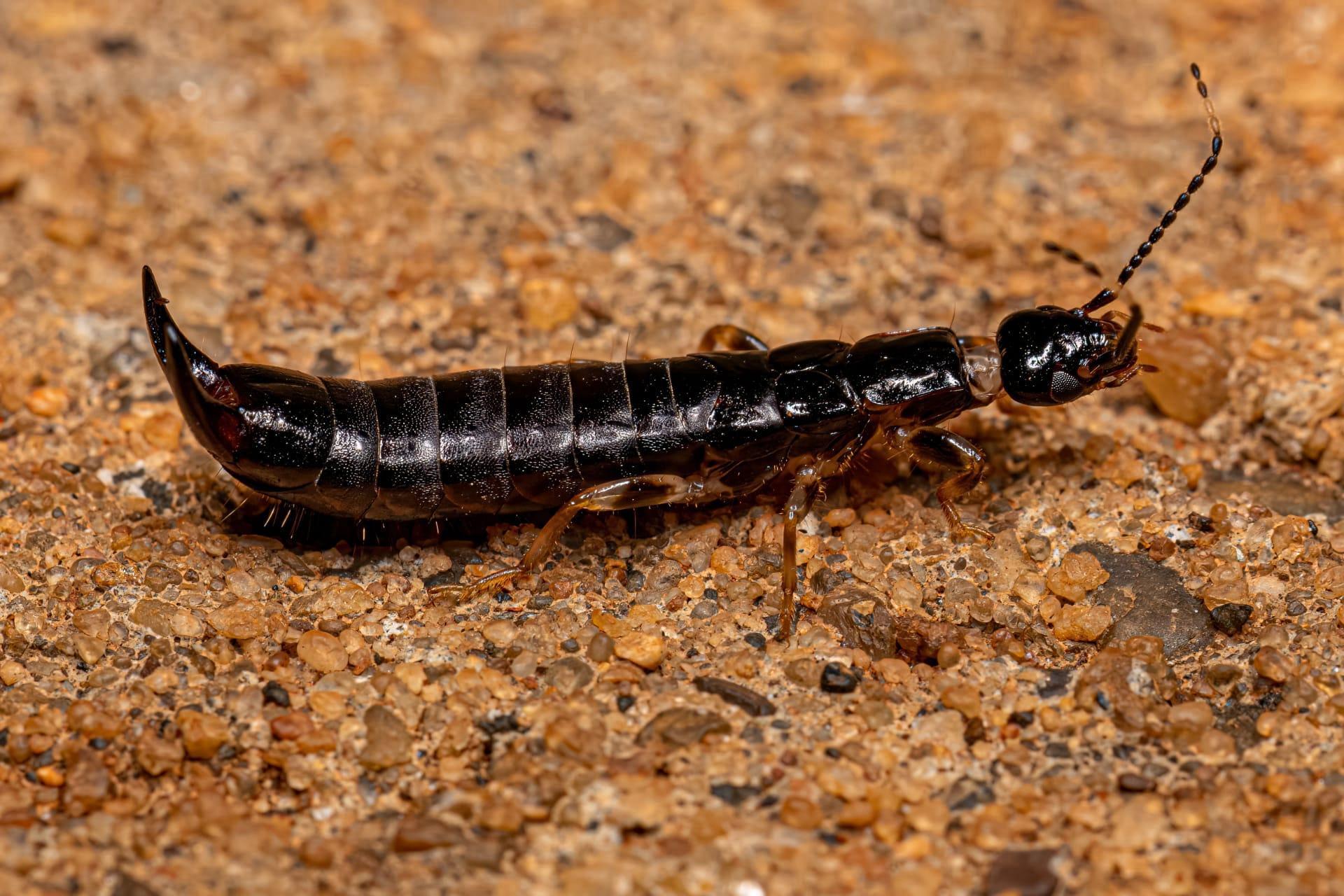Pincher Bug Trivia
- Home /
- Trivia Question /
- Animal /
- Pincher Bug Trivia
1
Question: What are pinchers on a pincher bug used for?
Answer: The pinchers, or cerci, at the end of a pincher bug's abdomen serve several purposes. Primarily, they are used for defense against predators and rivals. Interestingly, the size and shape of these cerci can vary between species, with some reaching up to a quarter of their body length. Additionally, male pincher bugs use them during mating rituals to impress females and to ward off other males.
Question: How long do pincher bugs live and what is their life cycle like?
Answer: Pincher bugs, also known as earwigs, have a fascinating life cycle that spans roughly one year. They undergo incomplete metamorphosis, meaning they hatch from eggs as nymphs, which resemble miniature adults. These nymphs go through four to six molting stages before reaching adulthood. Adult pincher bugs typically live for about one year, with females laying up to 60 eggs at a time in a burrow.

2
Question: Can pincher bugs really crawl into human ears and cause harm?
Answer: This is a common misconception about pincher bugs. The idea that they crawl into human ears and lay eggs or cause damage is largely a myth. Pincher bugs are generally harmless to humans and prefer outdoor environments. They are nocturnal and might accidentally wander indoors, but there is no evidence to suggest they intentionally seek out human ears.
Question: Do pincher bugs eat plants or are they harmful to gardens?
Answer: Pincher bugs are omnivores and have a diverse diet, but they are often wrongly accused of being major plant pests. While they do occasionally feed on tender plant shoots and can cause minor damage, they also play a beneficial role in the garden by eating decaying matter and smaller insect pests. Therefore, they are not considered significant threats to healthy gardens.

3
Question: What environments do pincher bugs prefer?
Answer: Pincher bugs thrive in moist, dark environments. They are commonly found under rocks, logs, or mulch, where there is ample moisture and protection. Their preference for humidity often leads them to migrate indoors during dry, hot weather, seeking out basements, bathrooms, and other damp areas in a home.
Question: How do pincher bugs benefit the ecosystem?
Answer: Despite their intimidating appearance, pincher bugs play a crucial role in the ecosystem. As decomposers, they help break down dead plants and animals, returning essential nutrients to the soil. They also control populations of other insects, including various garden pests, by feeding on them. This dual role makes them important contributors to both soil health and pest control.

4
Question: Are pincher bugs solitary or social insects?
Answer: Pincher bugs are generally solitary creatures but can be found in large numbers in favorable conditions. Unlike bees or ants, they do not form structured colonies. However, during the day, they might gather in groups in moist, shaded areas to conserve water and avoid heat, dispersing at night to forage alone.
Question: How do pincher bugs defend themselves from predators?
Answer: Pincher bugs primarily use their cerci, the pincher-like appendages at their rear, for defense. When threatened, they will raise these pinchers in a threatening gesture. While the pinch can be startling, it is usually harmless to humans. Their dark coloration also provides camouflage against predators, and they are quick to scurry away when disturbed.

5
Question: What is the difference between male and female pincher bugs?
Answer: The most noticeable difference between male and female pincher bugs is the shape of their cerci. Males typically have larger, more curved cerci, while females have straighter, shorter cerci. This distinction is not only crucial for identification but also plays a role in mating behaviors, as males use their impressive cerci to attract females and compete with other males.
Question: Do pincher bugs have any natural predators?
Answer: Yes, pincher bugs have several natural predators that help control their populations. Birds, especially those that forage on the ground like robins and wrens, are common predators. Other insects, such as spiders and centipedes, also prey on them. Additionally, toads and small mammals like shrews and moles will eat pincher bugs, contributing to the ecological balance.